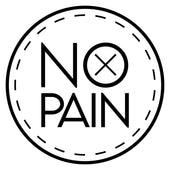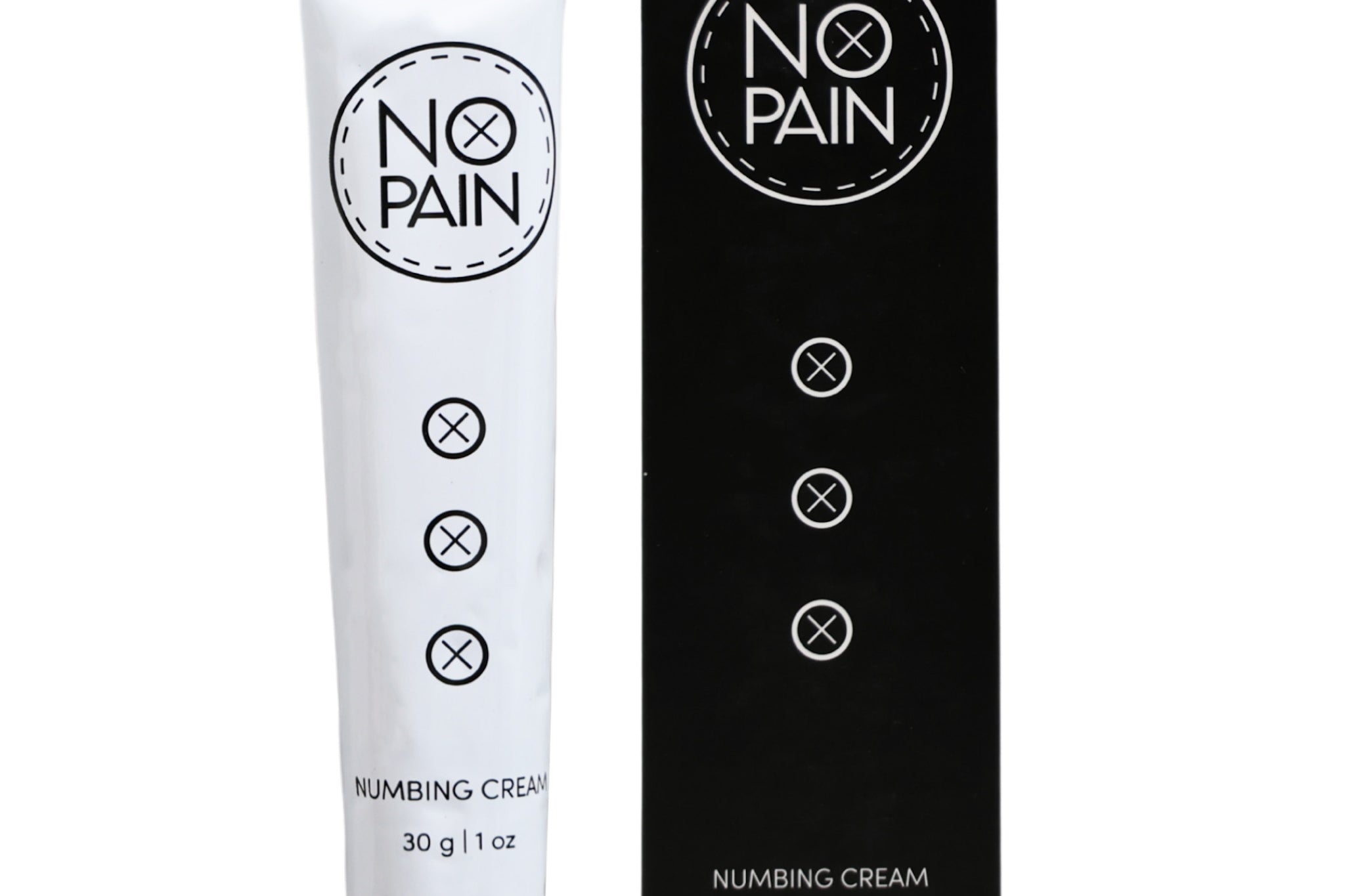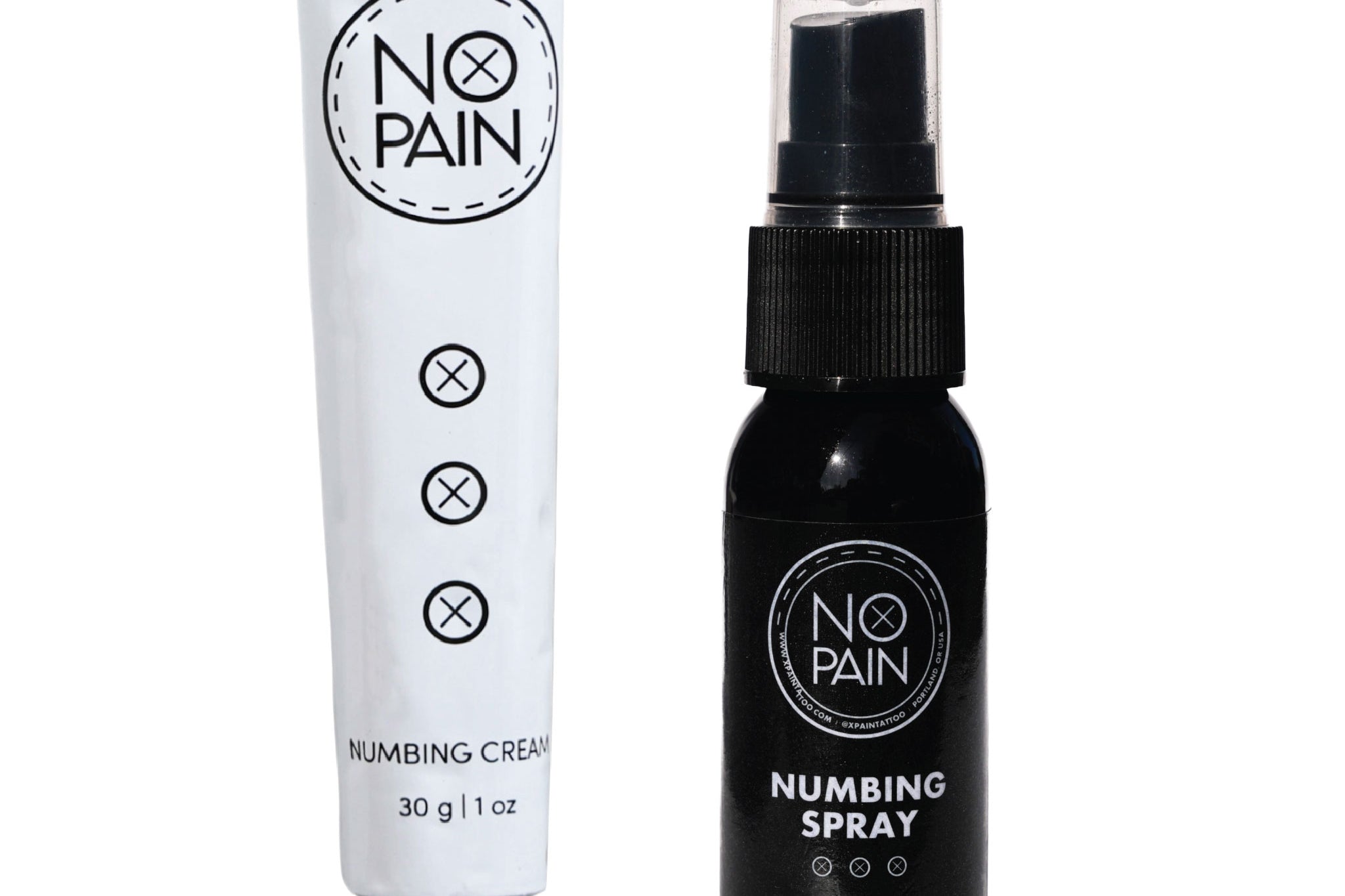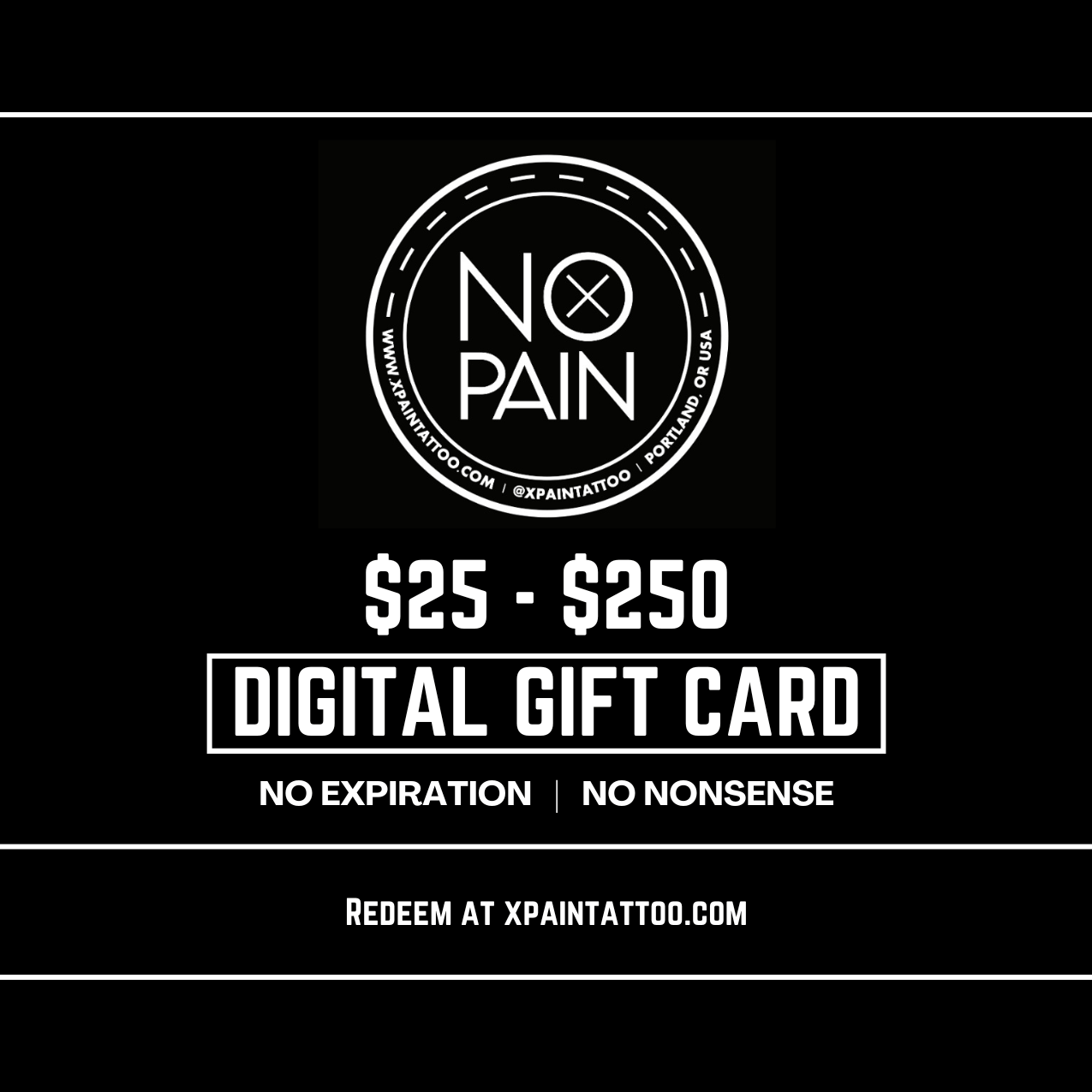It’s the iconic blue and white tub found in virtually every medicine cabinet in America. For over a century, Vaseline, the original petroleum jelly, has been the go-to for everything from chapped lips to minor scrapes. So when it's time to heal a new tattoo, it's natural to think, "This must be perfect for it, right?"
The confusion is understandable, especially because you probably saw your tattoo artist using a petroleum-based product during your session.
However, what's good for the artist's process is not good for your healing process. When it comes to long-term aftercare, the answer from all modern tattoo experts is a firm no, you should not use Vaseline on your new tattoo.
Let's break down the difference and explain why a breathable balm is the only safe and effective choice.
An Artist's Tool vs. Your Aftercare
First, let's clear up the confusion. Yes, your artist uses a thin layer of a petroleum-based product while they are tattooing you. They do this for a few key reasons:
-
It acts as a lubricant, allowing the needles to glide more smoothly over the skin.
-
It helps to hold the stencil in place.
-
It creates a barrier that prevents excess ink from smearing, allowing them to see their work clearly.
Its purpose in the studio is purely mechanical and temporary. It is thoroughly wiped away the moment your session is over. It is not meant to be a healing agent.
The Science: Why Vaseline is Bad for a Healing Tattoo
The very thing that makes Vaseline a good temporary barrier is what makes it a terrible healing product for a fresh tattoo.
The #1 Problem: It is 100% Occlusive (It Suffocates Your Skin)
Vaseline is 100% petrolatum, a powerful occlusive agent. This means it creates a completely airtight and waterproof seal over your skin. It doesn't let anything in, and more importantly, it doesn't let anything out.
A new tattoo is an open wound that desperately needs oxygen to heal properly. When you slather a thick layer of Vaseline over it, you are literally suffocating it. This traps all the moisture, plasma, and bacteria that your body is trying to weep from the wound. This creates a warm, wet, low-oxygen environment, which is a perfect breeding ground for an infection.
Other Problems with Vaseline:
-
It Can Clog Pores: The thick, greasy nature of petroleum jelly can easily clog the pores surrounding your tattoo, leading to frustrating pimples and breakouts (a condition called milia) that can interfere with a clean heal.
-
It Doesn't Actually Nourish: Vaseline contains no moisturizing or nourishing ingredients. It is simply a seal. It doesn't provide any of the vitamins or nutrients your healing skin needs to regenerate.
The Breathable Alternative: What You Should Use
So if Vaseline is out, what is the right choice? You need a product that can both moisturize and protect while still allowing your skin to breathe.
This is exactly why dedicated tattoo aftercare products were created. Our No Pain Tattoo Aftercare Balm is the polar opposite of Vaseline. While it also provides a protective layer, it's fundamentally breathable. It's made from a blend of natural, nourishing butters and oils that do three crucial things Vaseline can't:
-
They nourish the skin with essential vitamins to support cell regeneration.
-
They moisturize deeply by being absorbed into the skin, rather than just sitting on the surface.
-
They allow oxygen to reach the skin, which is vital for a fast, clean healing process and dramatically reduces the risk of infection.
The Verdict: While you'll see your artist use a petroleum product as a tool during the session, it has no place in your aftercare routine at home. It’s a suffocating barrier that can trap bacteria, clog pores, and hinder the healing process.
Your new art needs to breathe. Choose a modern, breathable, and nourishing product designed specifically for the job. Our No Pain Tattoo Aftercare Bundle provides a complete, breathable system that promotes a fast and vibrant heal—something a tub of petroleum jelly can never do.




